A Brief Guide On How To Use Symbicort Inhalers
Symbicort inhalers are a standard treatment option for individuals with chronic respiratory conditions, such as asthma and COPD. They are designed to allow one to breathe in the remedy orally, makin...

By Modern60
Last Updated on,
May 15th, 2025
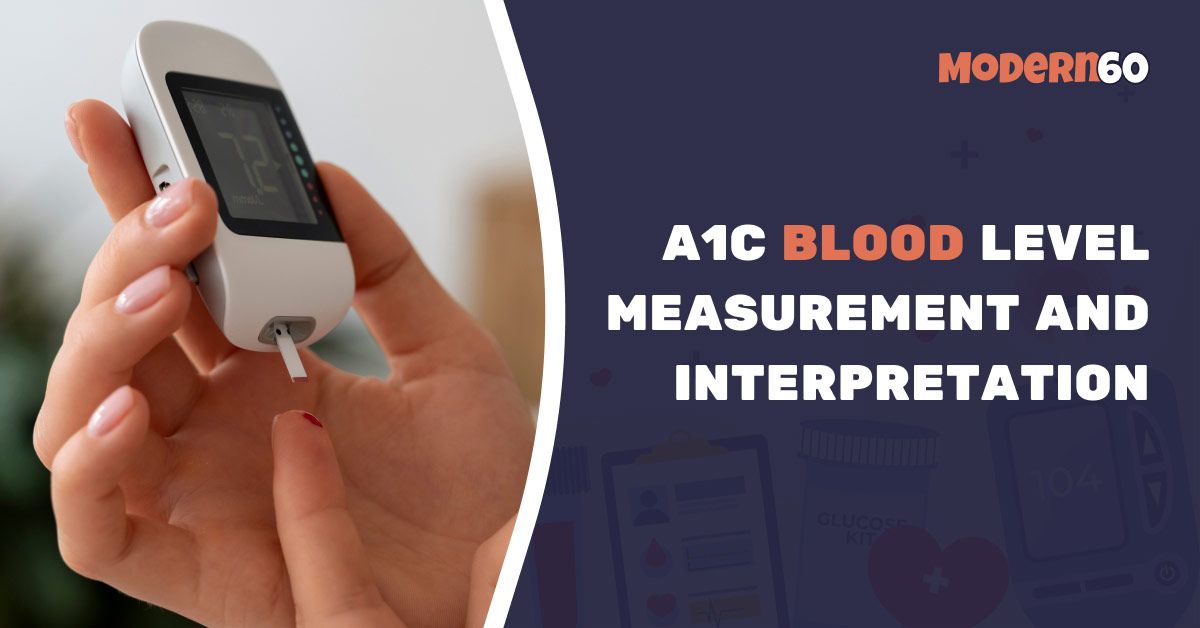
The A1C test, also known as glycated hemoglobin, glycosylated hemoglobin, and hemoglobin A1C or HbA1c, is a commonly prescribed blood test to diagnose type 1 and type 2 diabetes. For those with preexisting diabetes, this test is helpful in regularly monitoring and managing blood sugar levels. Here are a few basic things to know about the test, such as what it is, how to measure it, the various levels, and what they mean
The A1C test is based on the attachment of glucose to hemoglobin, a crucial part of red blood cells, which carry oxygen to the rest of the body. The glucose produced in the cells binds itself to the hemoglobin. If a significant proportion of glucose gets attached to hemoglobin, the glucose level rises in the bloodstream. The A1C test measures the amount of hemoglobin attached to glucose. Then, it indicates the average blood glucose levels over the previous three months. The A1C levels are always in percentage.
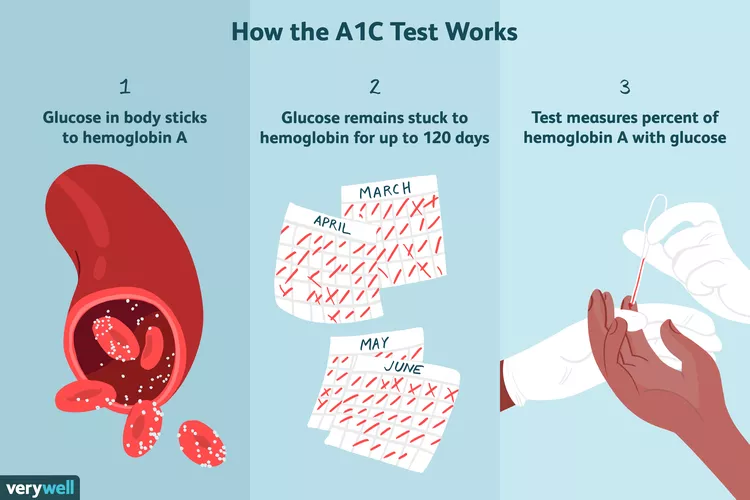
The A1C test is quite a simple blood test. There is no need for A1C test fasting, so one can eat regular meals and drink enough water and other fluids. Usually, healthcare providers do the test in either of the following ways:
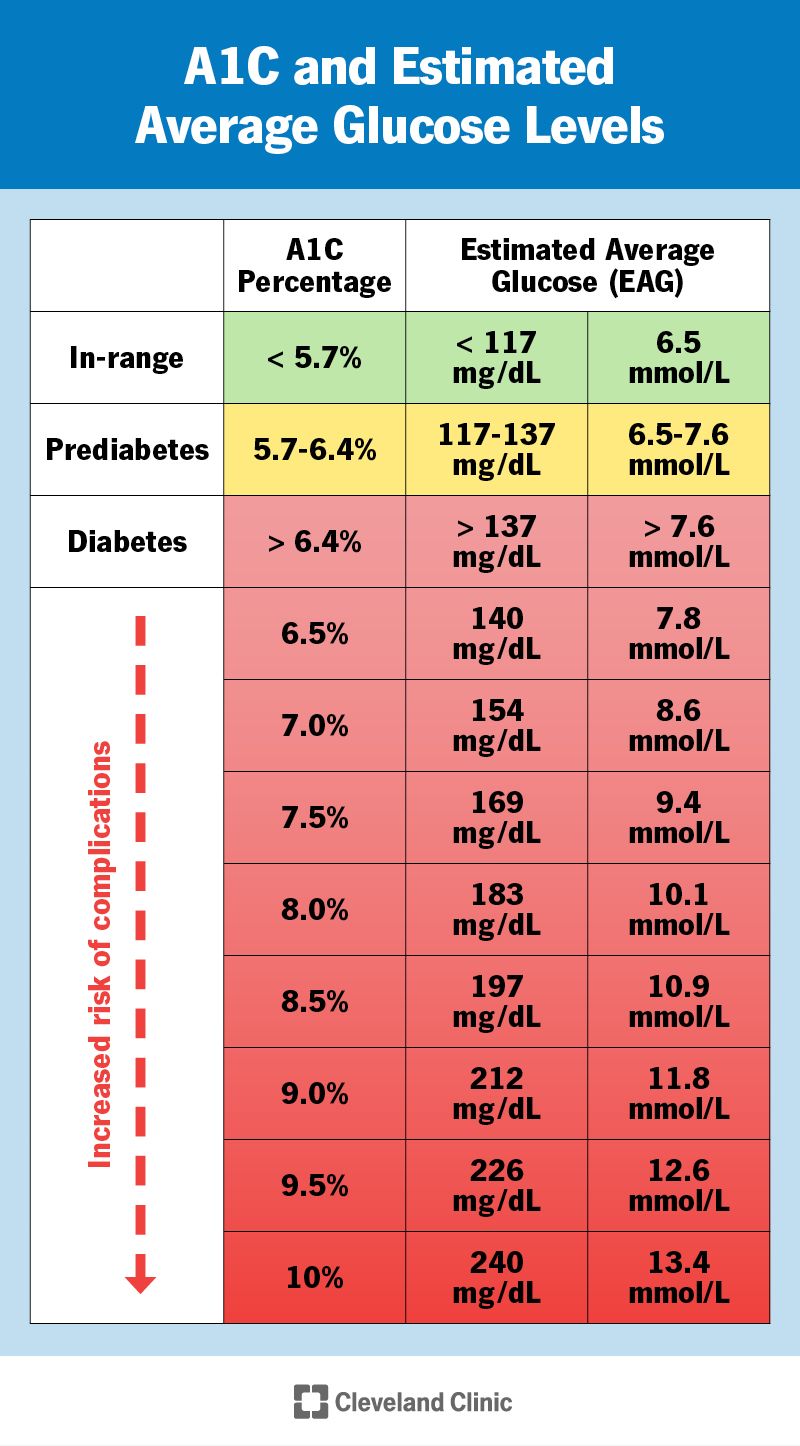
The A1C test is quite a simple blood test. There is no need to fast for it, so one can eat regular meals and drink enough water and other fluids. Healthcare providers usually perform the test in either of the following ways:
For those with preexisting diabetes, the A1C test result gives a fair idea of how well the blood sugar treatment and management plan are going. Usually, lowering high A1C levels involves:
With the A1C test, a healthcare provider can know whether the treatment plan needs to be adjusted.
Besides, for those with diabetes, A1C levels are only an average measurement of blood sugar over the previous few months. They have no final say on whether one lives a healthy lifestyle. Also, A1C keeps changing, with age and other factors constantly affecting it. Yet, it helps to know whether one needs to take steps to improve one’s diabetes management.
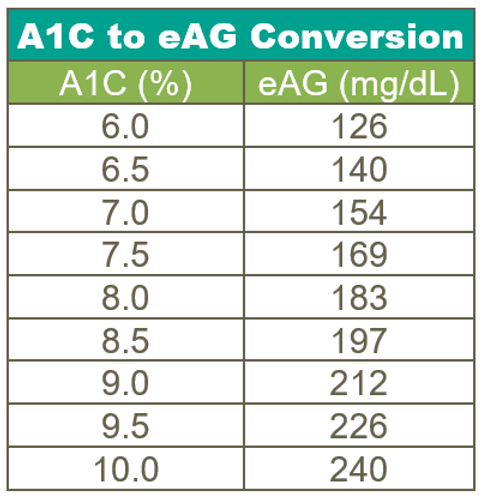
Sometimes, some laboratories report the A1C results as a percentage and the corresponding estimated average glucose (eAG). Here is how eAG is calculated:
For instance, if a person’s A1C level is 7%, their eAG will be 154 mg/dL (8.6 mmol/L). Similarly, an A1C level of 9% equals an eAG of 212 mg/dL (11.8 mmol/L). All test reports will come with automatically calculated conversions, so one does not have to worry about complex calculations. Also, the reports will directly say whether the eAG level is normal, prediabetic, or diabetic. If a test report does not indicate the eAG levels directly, one can consult their primary care doctor to understand the report better.
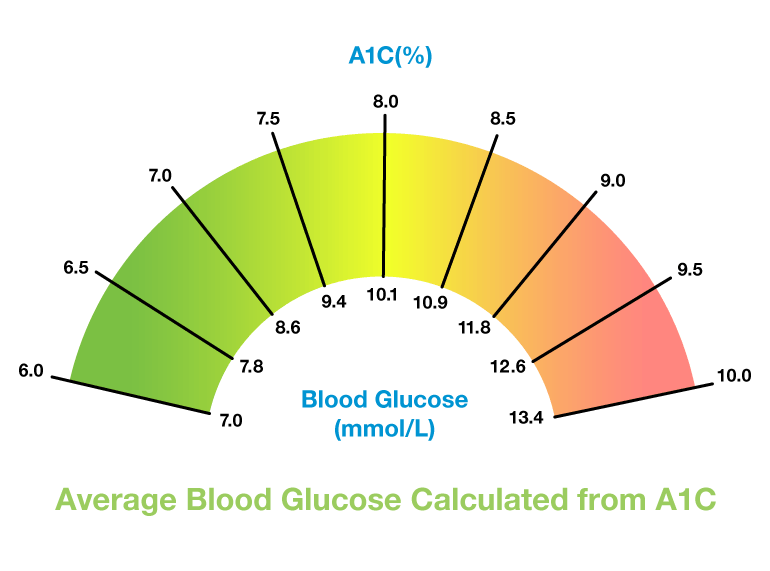
For those without diabetes, the average A1C level must be below 5.7%. However, for those with diabetes, the average A1C level usually depends on their health goals and the level of access they have to diabetes management tools and medication. In such situations, a healthcare provider can help determine the target goal for lowering the A1C levels.

The Editorial Team at Modern60 is a group of highly skilled professionals with diverse backgrounds in journalism, content creation, editing, and digital media. They bring a wealth of experience and expertise to ensure that every piece of content meets our strict editorial guidelines and quality standards. The team is dedicated to delivering accurate, well-researched, and engaging content across various subjects, including health, wellness, lifestyle, and current events. With their commitment to upholding the highest standards of journalism and content creation, the Modern60 Editorial Team is the driving force behind our mission to empower and inspire our readers.


Unlock expert insights and tips with our exclusive ebook. Enter your email to get your free copy.
Please check your email for a welcome message from Modern60. If it's not in your inbox, kindly check your spam or junk folder